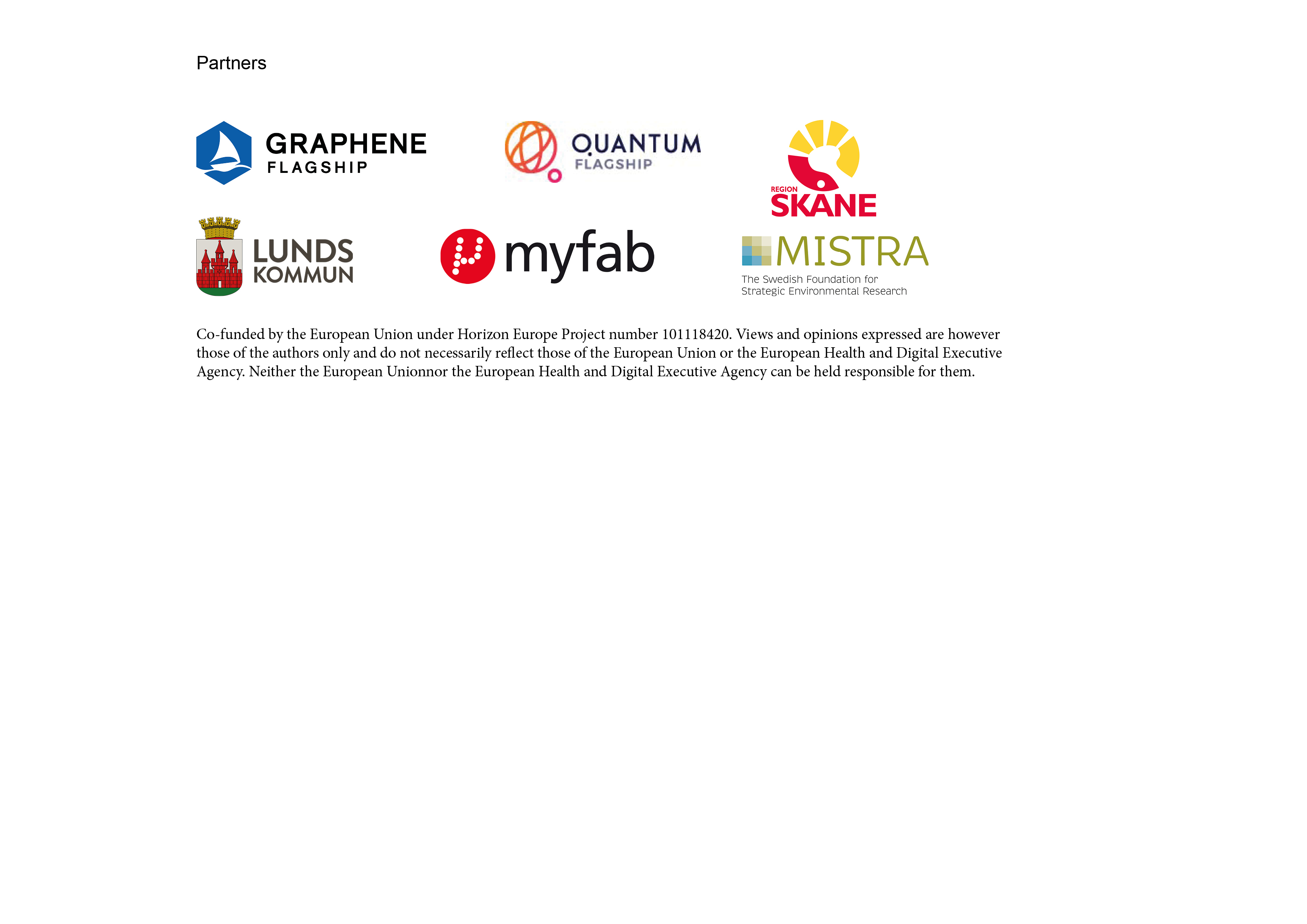Javascript is disabled
Javascript seems to be disabled. This will break some core site features. Please enable javascript or revisit this site from another device.
The Human Brain Project – Bridging scales in life science and enabling neurotechnologies
In line with the conference topic, we would focus on two areas of Human Brain Project research which connect to the Nano-scale:
1. Advanced materials and their current and future role in Neuroprosthetics
2. The bridging of scales in life science through computational modeling
Neurotechnology
Neuroprosthetics are an emerging field that connects multiple fields of engineering, brain research and clinical science. We will present an advance in modeling spinal circuitry that guides the placement of electrodes for neural stimulaton. A second talk will illuminate the role of advanced materials in engineering the neural probes used in these applications.
Atomistic and molecular dynamics in the brain
We will present new advances to bridge the gaps between different levels of brain organisation through computational modeling. For the event we will focus on the areas spanning from atomistic simulation, to molecular dynamics, to the cellular level. We will present tools for simulation offered on our research infrastructures EBRAINS and Fenix. An application example will be the investigation of Covid-19 and the brain.
Expected impact
The Human Brain Project’s results in the topics Neurotech and Atomistic and molecular dynamics in the brain spell opportunities for innovative industry and clinical developments and for pushing the scientific envelope for brain scientists and technologists alike.
Innovations and medical applications from this productive circle between brain- and technology research have economic impact, and crucially address major societal issues like the growing burden of brain diseases in Europe aging societies, now exacerbated by the “brain-fog”-phenomenon after Covid-19 infection. Between the national and the global level, our European research infrastructures EBRAINS and Fenix provide a long-term basis for collaborative research on these pressing questions.




